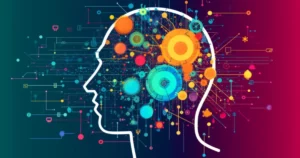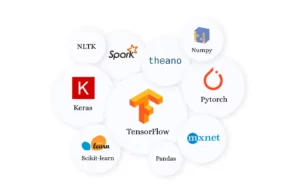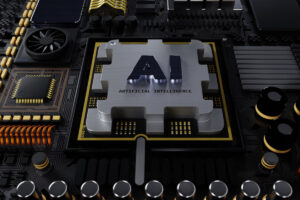Introduction
The advanced AI agents, like Siri and Alexa, are evolving from passive tools into proactive helpers. Now they are capable of making decisions and taking actions autonomously. But what exactly is agentic AI, and how is it transforming our interaction with technology?
What is Agentic AI?
Imagine an AI that’s not just programmed for specific tasks but can take initiative, reason through complex situations, and adapt its goals and actions as needed. That’s the essence of agentic AI. These systems are designed to:
Function autonomously: Unlike traditional AI requiring constant human oversight, this can work independently, pursuing goals with minimal supervision.
Make decisions: This AI boasts advanced reasoning capabilities. It can analyze situations, weigh options, and make strategic choices based on the context.
Adapt to change: The world is dynamic, and agentic AI can adjust its plans and goals in response to evolving circumstances.
Follow us on Linkedin for everything around Semiconductors & AI
Understanding Agentic AI
Agentic AI refers to systems designed to perform tasks autonomously by understanding objectives, navigating complex environments, and executing tasks with minimal human intervention. Traditional AI operates under explicit instructions.It combines reinforcement learning (RL) and decision theory to learn from interactions and optimize over time. This enables AI agents to not just react to situations but to proactively engage in decision-making processes.
An Analogy
Imagine you’re the captain of a ship, and your goal is to navigate the seas. Traditionally, you’d have a crew that relies on your commands to operate the ship, adjust the sails, and steer the course. This crew is like traditional, passive AI, which requires explicit instructions for every action.
Now, you have a new kind of crew member, one that’s been sailing for years and has learned from the best captains. This crew member doesn’t need your commands for every little task. They understand the ultimate goal, can read the weather, the sea conditions, and make decisions to adjust the sails, change course, and even plot a new route if necessary. This crew member is like agentic AI.
Read More: GPT-4o: 12 Mind-Blowing Use Cases That Change How We Interact with AI – techovedas
The Technology Behind Autonomy
The integration of large language models (LLMs) and scalable computing power is the core of these AI systems.
Large Language Models (LLMs): LLMs are the brains behind this AI, providing the ability to understand and generate human-like text. These models are trained on vast datasets, enabling them to comprehend a wide range of topics and contexts. The integration of LLMs allows agentic AI to interpret complex instructions and engage in meaningful interactions.
Scalable Computing Power: Scalable computing resources, such as cloud services and specialized hardware like GPUs and TPUs are essential for handling the immense processing needs of LLMs. This scalability ensures that infrastructure can grow alongside the processing demands, allowing for the training of more complex models.
Advancements in Machine Learning: These advancements include improvements in algorithms, training techniques, and the development of more efficient neural network architectures. As a result, it can now better predict outcomes, learn from past interactions, and make decisions in real-time.
The Impact on Industries
Healthcare Transformation with Agentic AI: In healthcare, agentic AI systems are being developed to autonomously monitor patients’ vital signs, manage treatments, and even assist in surgical procedures. These systems can improve diagnostics, personalize treatments, and streamline processes, leading to better patient outcomes.
Business Operations and Agentic AI: In the business world, it is reshaping enterprise workflows by automating tasks that typically require human intervention. This includes anticipating issues before they arise, coordinating complex workflows, and adapting to dynamic production demands in real-time. By doing so, agentic AI frees up employee time from mundane tasks. This allows them to focus on higher-impact work and strategic initiatives.
Read More: Scarlett Johansson vs. AI: Did OpenAI Steal Her Voice? – techovedas
Why is Agentic AI the Future?
Agentic AI holds immense potential to revolutionize various sectors. Here’s a glimpse into its potential:
- Enhanced automation: Imagine AI systems that can not only automate tasks but also handle unforeseen situations and optimize workflows on their own.
- Enterprise transformation: Agentic AI can empower businesses by streamlining complex processes, improving decision-making, and increasing overall efficiency.
- Scientific discovery: AI agents can analyze vast amounts of data, identify patterns, and even formulate and test hypotheses, accelerating scientific progress.
Conclusion
The advent of agentic AI marks a significant milestone in the evolution of artificial intelligence. As we stand on the cusp of this new era, it’s crucial to establish ethical guardrails to ensure these systems operate safely and responsibly. With careful governance, agentic AI promises to be a powerful ally in our quest for efficiency and innovation.








